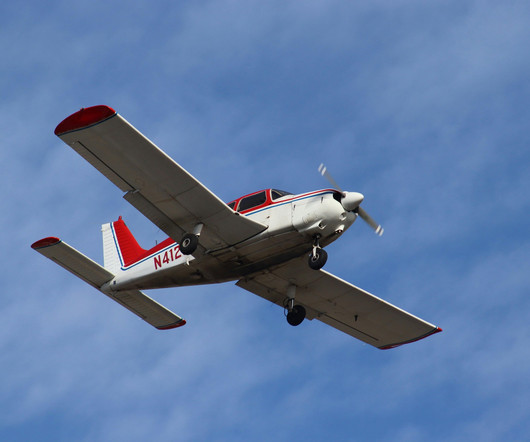Demonstration Stalls
CFI Academy
MARCH 28, 2025
For the FAA Certified Flight Instructor (CFI) Airplane Single Engine (ASE) checkride, the demonstration stalls are specific maneuvers that you, as a CFI candidate, must perform and explain to demonstrate your instructional knowledge and ability. There are indeed four demonstration stalls youll need to master for the CFI checkride.



















Let's personalize your content